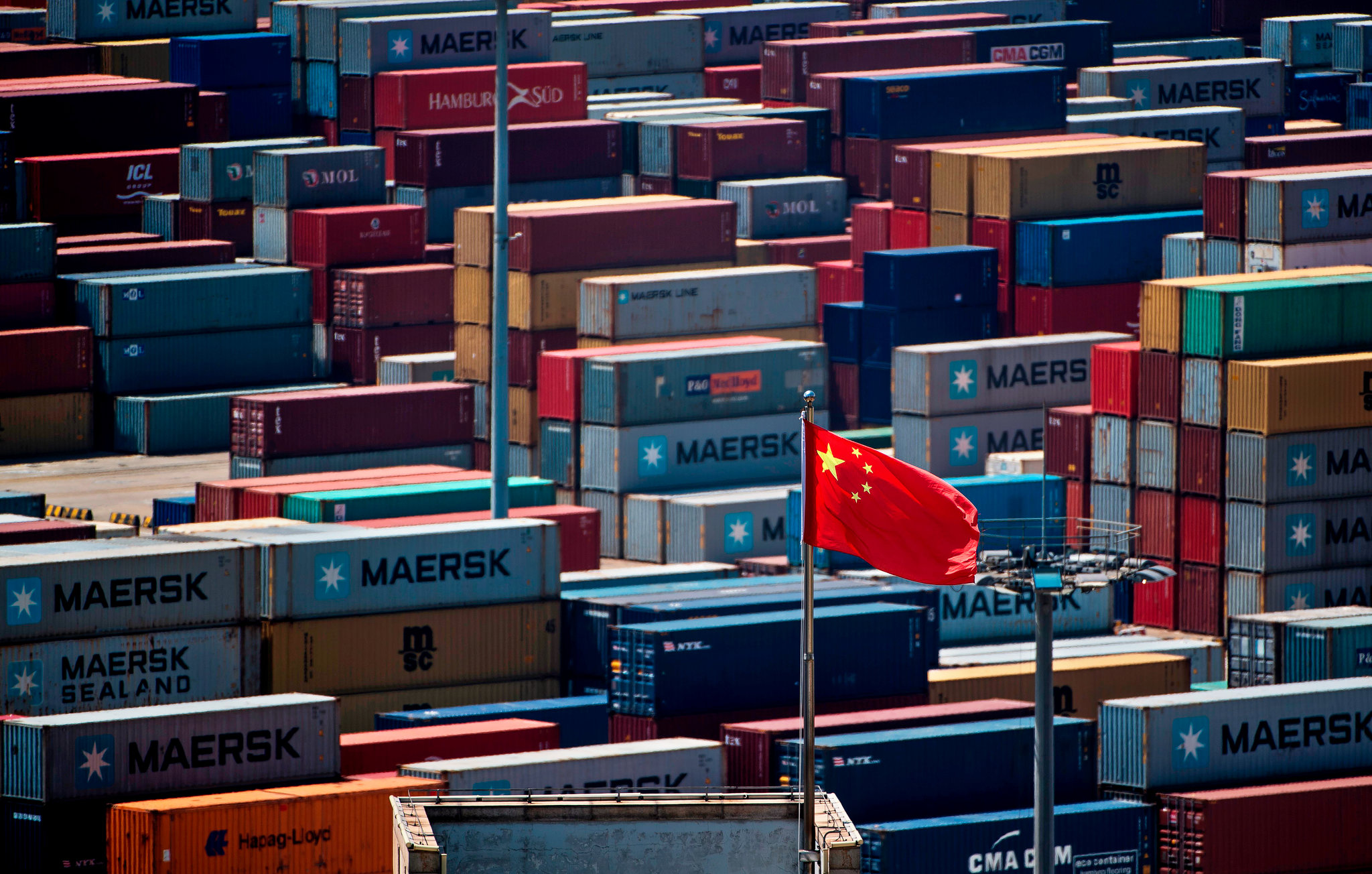India's Solar Energy Exports: Navigating The Aftermath Of Trump's Southeast Asia Tariffs

Table of Contents
The Impact of Trump's Southeast Asia Tariffs on the Global Solar Market
The tariffs imposed by the Trump administration on solar panels and components from Southeast Asia sent shockwaves through the global solar industry. This section explores the significant consequences of this protectionist measure.
Increased Prices and Reduced Supply
The tariffs immediately led to higher prices and a decrease in the global supply of solar panels. This impacted project developers and consumers worldwide.
- Price increases: Prices for solar cells increased by 10-20%, while module prices saw increases of 5-15%. This impacted projects in countries like the US, Europe, and even parts of Asia.
- Affected countries: The US, the primary target of these tariffs, experienced the most significant impact, followed by countries heavily reliant on Southeast Asian imports for solar projects.
- Impact on market growth: Project timelines were extended, and some projects were even cancelled due to increased costs, resulting in slower overall market growth compared to pre-tariff projections.
Shift in Global Supply Chains
To circumvent the tariffs, manufacturers shifted production and sourcing strategies. This presented both challenges and opportunities for various countries.
- Beneficiaries: Countries like India, with a growing domestic solar manufacturing base, experienced a surge in demand as global buyers sought alternative suppliers.
- Implications for India: This shift positioned India favorably in the global solar market, presenting an opportunity to increase its export share and establish itself as a key player. However, this also highlighted the need for India to quickly scale up its manufacturing capacity and infrastructure to meet the increased demand.
Opportunities for India's Solar Energy Exports Post-Tariffs
The disruption caused by the Southeast Asian tariffs opened up significant opportunities for India's solar energy exports.
Increased Demand for Indian Solar Products
Countries previously relying heavily on Southeast Asia for solar supplies turned to India to fill the gap.
- Increased demand: Countries in regions like South Asia, the Middle East, and Africa significantly increased their orders for Indian-made solar products.
- Market share gains: Indian solar manufacturers reported substantial increases in export figures and market share in several key regions, boosting the country's position as a reliable and cost-competitive supplier. This is evident in increased exports to countries like Bangladesh, Sri Lanka and certain African nations.
Government Initiatives and Support
The Indian government has implemented several policies and initiatives to support the domestic solar industry and its export potential.
- Key initiatives: Production-Linked Incentive (PLI) schemes, tax benefits, and export promotion programs have been crucial in bolstering the competitiveness of Indian solar manufacturers.
- Effectiveness: While the impact of these initiatives is still evolving, early signs suggest they've played a significant role in attracting investments, fostering innovation, and increasing the export capacity of the Indian solar sector.
Challenges Facing India's Solar Energy Exports
Despite the opportunities, India's solar energy export ambitions face several significant challenges.
Competition from other Manufacturers
Indian solar manufacturers face stiff competition from established players like China.
- Key Competitors: Chinese manufacturers continue to dominate the global solar market due to their economies of scale, technological advancements, and aggressive pricing strategies.
- Competitive landscape: Indian manufacturers need to continuously innovate, improve efficiency, and optimize their pricing to remain competitive in the global marketplace.
Infrastructure and Logistics
Efficient export requires robust infrastructure and logistics, a challenge for India's solar sector.
- Bottlenecks: Port congestion, high transportation costs, and bureaucratic hurdles hinder the timely and cost-effective export of solar products.
- Solutions: Improving port infrastructure, streamlining customs procedures, and investing in efficient transportation networks are crucial to enhance India’s export capabilities.
Meeting International Standards and Certifications
Compliance with international standards and certifications is crucial for accessing global markets.
- Essential Certifications: IEC standards, product certifications, and adherence to international quality norms are critical for gaining acceptance in overseas markets.
- Impact of Non-Compliance: Failure to meet these standards can severely limit export prospects, undermining India's competitive advantage.
Conclusion: India's Solar Energy Exports – A Path Forward
The Trump administration's tariffs on Southeast Asian solar products created both challenges and opportunities for India's solar energy exports. While increased demand for Indian-made products presents a significant opportunity, overcoming challenges related to competition, infrastructure, and international standards remains crucial. India’s government initiatives to boost the domestic sector offer a strong foundation for future growth, but continued investment in infrastructure and a focus on technological innovation will be vital for India to fully capitalize on its potential in the global solar market. Explore the future of India's solar energy exports and invest in this rapidly growing sector by researching the various government policies designed to support its expansion.

Featured Posts
-
 Harmful Algal Bloom Alert Two Occurrences In Kodiak Waters Affect Shellfish Safety
May 30, 2025
Harmful Algal Bloom Alert Two Occurrences In Kodiak Waters Affect Shellfish Safety
May 30, 2025 -
 Agassi Vs Rios Un Enfrentamiento Tenistico Inolvidable
May 30, 2025
Agassi Vs Rios Un Enfrentamiento Tenistico Inolvidable
May 30, 2025 -
 Gorillazs 25th Anniversary Details On The Exhibition And Special Shows
May 30, 2025
Gorillazs 25th Anniversary Details On The Exhibition And Special Shows
May 30, 2025 -
 Advanced Gene Editor Precise Complete Gene Insertion
May 30, 2025
Advanced Gene Editor Precise Complete Gene Insertion
May 30, 2025 -
 The Enduring Legacy Of A Hollywood Golden Age Film Critic
May 30, 2025
The Enduring Legacy Of A Hollywood Golden Age Film Critic
May 30, 2025
